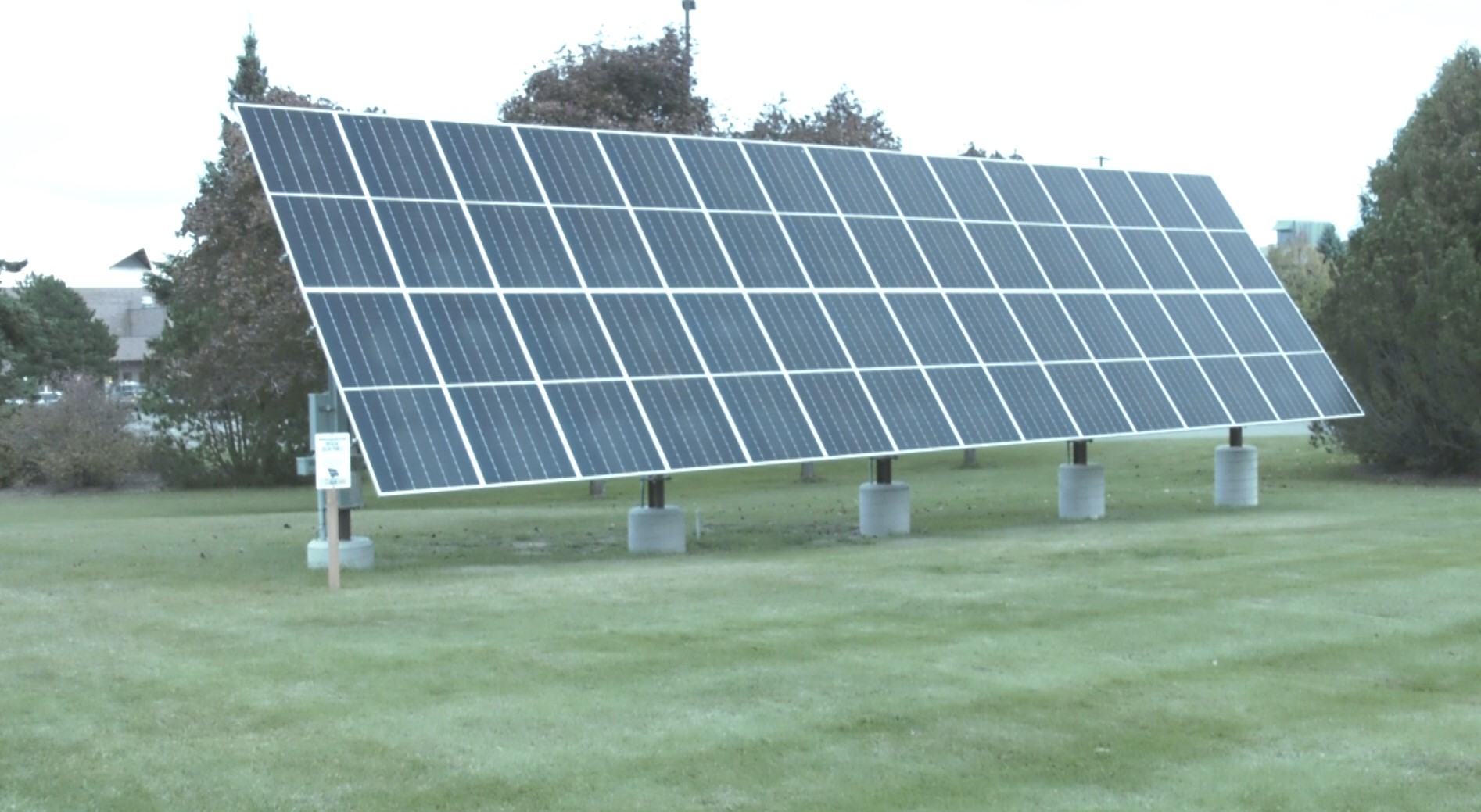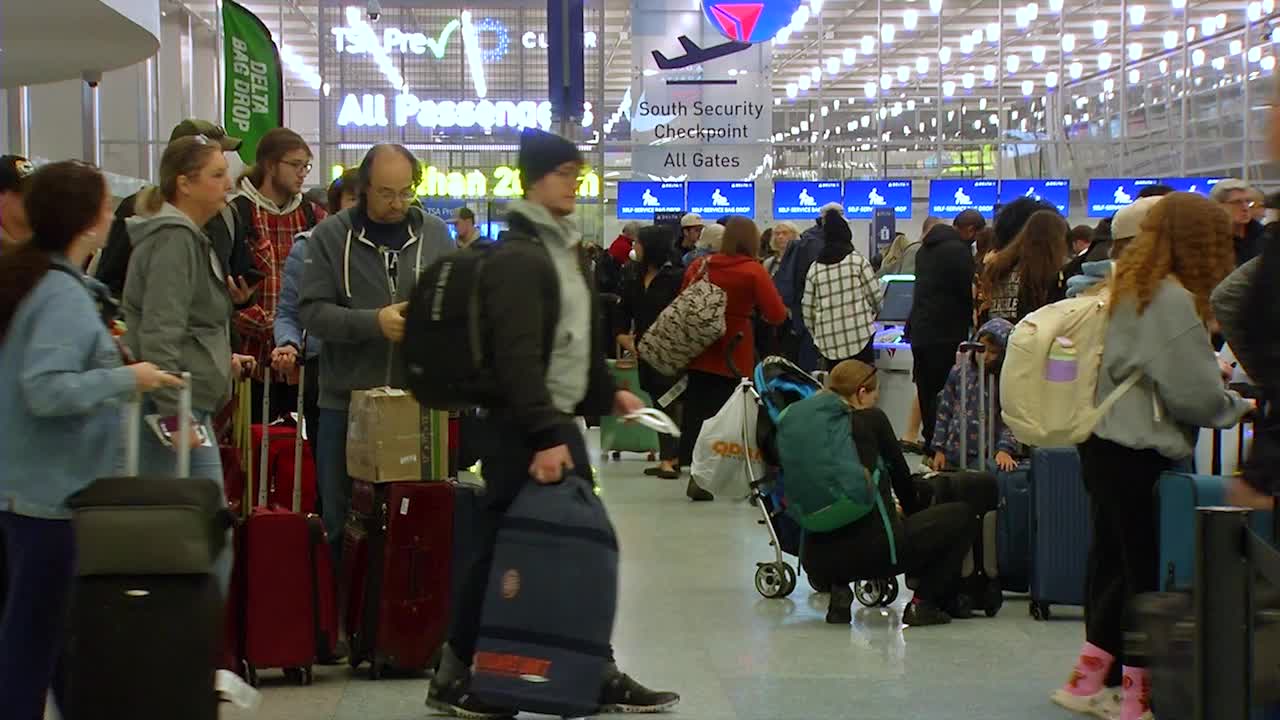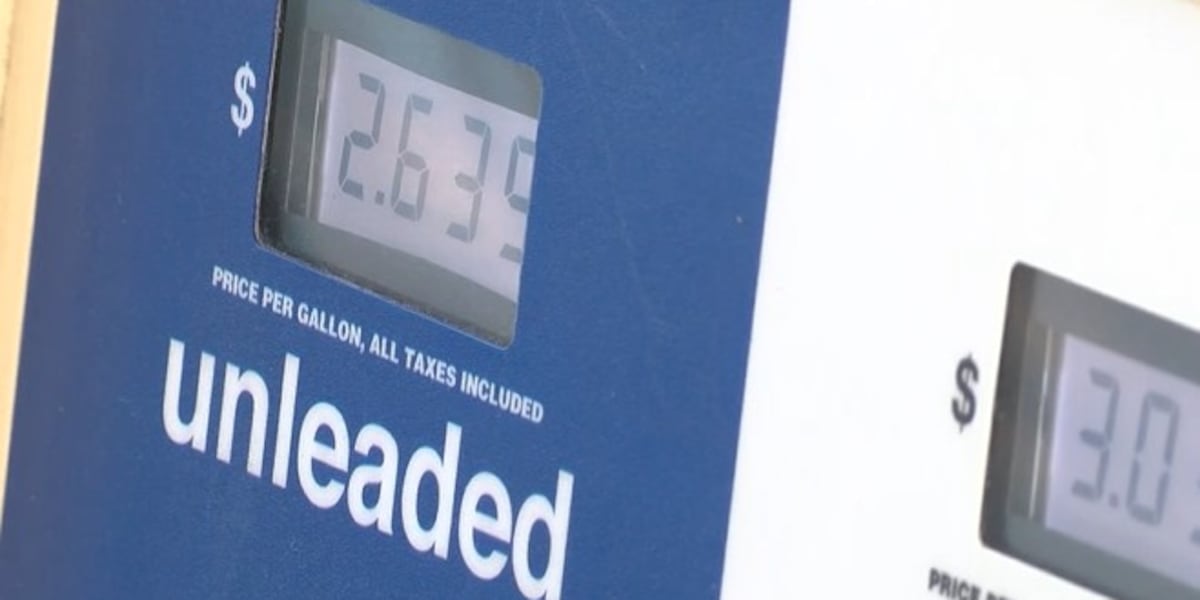Jobs
Energy laws projected to create 2,510 U.P. jobs by 2040

LANSING, Mich. (WZMQ) – A new report from 5 Lakes Energy shows over 1,000 jobs and $400 million could be brought into the Upper Peninsula by 2030. The report is the first to outline projected outcomes of energy legislation passed last year that introduced incentives for energy-saving upgrades.
With michigan shifting to prioritize green energy and reach 100 percent carbon neutrality by 2050, state and federal programs have been working to make it easier for households, businesses, and non-profits to make energy-efficient upgrades.
5 Lakes Energy consultants provide strategies and expertise in utility regulation and ratemaking, policy research, and energy modeling, analysis, and project planning. In the September report, 5 Lakes outlined how local economies in michigan are benefitting from state and federal climate policies.
Michigan Representative Jenn Hill said that with so many people in the Upper Peninsula living in older homes, these rebates will allow for much overdue upgrades. The funds will help with window and door replacement, air conditioning, and heat pump upgrades
“In our rural area, there’s so much money that can be used to make our homes more energy-efficient.” Hill said. “To help people make that change there’s a lot of money and training available for the people who do the installations and for the homeowner.”
The report shows the Upper Peninsula alone is projected to create 2,510 new jobs, grow GDP by $356,761,950 s, deliver $802,696,824 in federal tax credits, and save $122,854,874 in public health costs by 2040.
- Create 1,462 new jobs by 2030; 2,510 by 2040
- Grow GDP by $187,859,771 by 2030; $356,761,950 by 2040
- Deliver federal tax credit investment of $415,340,156 by 2030; $802,696,824 by 2040
- Save $33,631,666 in public health costs by 2030; $122,854,874 by 2040
“It’s hopeful, but it’s in fact real money that you can use to qualify for today,” Hill said. “There are huge improvements to quality of life and lower costs. This is a direct tangible piece of improving our quality of life where we live in our homes.”
The legislation remains fairly controversial, as residents worry the energy transition is being forced to happen too fast. Hill said this is the first round of proof that the laws are working as intended, to lower utility costs, clean up the state’s energy portfolio, and create jobs.
Hill said local heating and cooling contractors can help residents learn more about the upgrades available to them. More information can also be found at www.rewiringamerica.org and The Upper Peninsula Commission For Area Progress.
“Michigan is building the future of cars, chips, and clean energy, driven by our world-class manufacturing capabilities, talented workers, and unmatched grit,” said Governor Whitmer. “Thanks to the Biden-Harris administration and the historic clean energy package we passed last year, we’ll be able to continue lowering household utility costs, create thousands of good-paying jobs, and bring more federal tax dollars home to Michigan for clean energy projects. I am so proud to have signed laws that’s helped us create high-skilled, good-paying jobs, bring supply chains home, lower our dependence on foreign fuels, and build a bright future for our state.”
Michigan Prosperity Regions
According to the report, Michigan’s prosperity regions are ten distinct geographic areas defined by the state of Michigan to organize and streamline economic development efforts. These regions have unique characteristics that inform specific responses to support local communities.
Region 1: Upper Peninsula
This region includes the counties of Alger, Baraga, Chippewa, Delta, Dickinson, Gogebic, Houghton, Iron, Keweenaw, Luce, Mackinac, Marquette, Menominee, Ontonagon, and Schoolcraft. According to the report, the clean energy legislation is projected to:
- Create 1,462 new jobs by 2030; 2,510 by 2040
- Grow GDP by $187,859,771 by 2030; $356,761,950 by 2040
- Deliver federal tax credit investment of $415,340,156 by 2030; $802,696,824 by 2040
- Save $33,631,666 in public health costs by 2030; $122,854,874 by 2040
“The transition to clean energy is gaining momentum as funding is starting to move into communities,” said state Representative Jenn Hill (D-Marquette). “Energy costs are a consistent concern among Upper Peninsula residents, so it’s exciting to see our region headed toward true energy independence, a lower cost of living and more good paying jobs.”
Region 2: Northwest Michigan
This region includes the counties of Antrim, Benzie, Charlevoix, Emmet, Grand Traverse, Kalkaska, Leelanau, Manistee, Missaukee, and Wexford. According to the report, the clean energy legislation is projected to:
- Create 1,909 new jobs by 2030; 3,386 by 2040
- Grow GDP by $246,569,065 by 2030; $470,690,538 by 2040
- Deliver federal tax credit investment of $526,761,315 by 2030; $1,029,558,930 by 2040
- Save $95,189,941 in public health costs by 2030; $350,626,533 by 2040
Region 3: Northeast Michigan
This region includes the counties of Alcona, Alpena, Arenac, Cheboygan, Crawford, Iosco, Montmorency, Ogemaw, Oscoda, Otsego, Presque Isle, and Roscommon. According to the report, the clean energy legislation is projected to:
- Create 959 new jobs by 2030; 1,748 by 2040
- Grow GDP by $127,802,450 by 2030; $254,851,302 by 2040
- Deliver federal tax credit investment of $290,480,046 by 2030; $561,760,064 by 2040
- Save $107,961,978 in public health costs by 2030; $405,031,534 by 2040
Region 4: West Michigan
This region includes the counties of Allegan, Barry, Ionia, Kent, Lake, Mason, Mecosta, Montcalm, Muskegon, Newaygo, Oceana, Osceola, and Ottawa. According to the report, the clean energy legislation is projected to:
- Create 10,602 new jobs by 2030; 17,090 by 2040
- Grow GDP by $1,409,423,991 by 2030; $2,391,054,542 by 2040
- Deliver federal tax credit investment of $3,129,407,446 by 2030; $6,160,006,137 by 2040
- Save $671,232,279 in public health costs by 2030; $2,554,893,947 by 2040
Region 5: East Central Michigan
This region includes the counties of Arenac, Bay, Clare, Gladwin, Gratiot, Isabella, Midland, and Saginaw. According to the report, the clean energy legislation is projected to:
- Create 2,732 new jobs by 2030; 4,956 by 2040
- Grow GDP by $364,684,806 by 2030; $736,094,240 by 2040
- Deliver federal tax credit investment of $861,035,978 by 2030; $1,676,693,490 by 2040
- Save $299,825,992 in public health costs by 2030; $1,172,171,908 by 2040
Region 6: East Michigan
This region includes the counties of Genesee, Huron, Lapeer, St. Clair, Sanilac, and Tuscola. According to the report, the clean energy legislation is projected to:
- Create 3,608 new jobs by 2030; 6,430 by 2040
- Grow GDP by $468,432,470 by 2030; $905,568,594 by 2040
- Deliver federal tax credit investment of $1,060,206,892 by 2030; $2,082,255,266 by 2040
- Save $557,961,577 in public health costs by 2030; $2,201,722,744 by 2040
Region 7: South Central
This region includes the counties of Clinton, Eaton, Hillsdale, Ingham, Jackson, and Livingston. According to the report, the clean energy legislation is projected to:
- Create 2,481 new jobs by 2030; 4,003 by 2040
- Grow GDP by $296,793,115 by 2030; $509,513,179 by 2040
- Deliver federal tax credit investment of $524,342,631 by 2030; $1,038,813,578 by 2040
- Save $248,081,173 in public health costs by 2030; $948,546,917 by 2040
“This recent report from Evergreen Action showcases what is possible when we invest in clean energy solutions,” said state Senator Sam Singh (D-East Lansing). “Clean energy is good for our workers. It’s good for our economy. And it’s necessary for the health and well-being of our state. I’m encouraged by these numbers and hope others are too — Michigan is headed in the right direction!”
Region 8: Southwest
This region includes the counties of Berrien, Branch, Calhoun, Cass, Kalamazoo, St. Joseph, and Van Buren. According to the report, the clean energy legislation is projected to:
- Create 4,316 new jobs by 2030; 7,294 by 2040
- Grow GDP by $591,682,572 by 2030; $1,104,041,476 by 2040
- Deliver federal tax credit investment of $1,454,673,839 by 2030; $2,824,111,362 by 2040
- Save $251,577,331 in public health costs by 2030; $988,726,103 by 2040
“When we invest in our clean energy sector, we both strengthen Michigan’s economy and ensure our state remains a prosperous home for generations to come,” said state Representative Joey Andrews (D-St. Joseph). “These clean energy jobs will help communities independently sustain themselves with homegrown, renewable energy. I am happy to see these employment opportunities expand across Southwest Michigan, allowing more working people to support their families.”
Region 9: Southeast
This region includes the counties of Monroe and Washtenaw, as well as the non-Detroit portions of Wayne County. According to the report, the clean energy legislation is projected to:
- Create 5,060 new jobs by 2030; 8,383 by 2040
- Grow GDP by $632,005,149 by 2030; $1,155,429,644 by 2040
- Deliver federal tax credit investment of $1,349,084,389 by 2030; $2,824,111,362 by 2040
- Save $758,240,947 in public health costs by 2030; $2,710,711,798 by 2040
“The future of our energy sector — and a significant part of our economy — lies in clean energy. This report highlights how investments in clean energy fuels robust job growth across the U.S. energy sector, with Michigan playing a key role,” said state Senator Sue Shink (D-Northfield Twp). “Our historic Clean Energy Future legislation has positioned Michigan as a national leader in the fight against climate change, reducing household utility cost and safeguarding our air, water, and public health, while creating good-paying jobs for people. This report proves that prioritizing clean energy isn’t just good for the environment — it’s also a powerful boost for our economy and American workers.”
Region 10: Detroit Metro
This region includes the counties of Macomb, Oakland, and Wayne, focusing on the densely populated urban and suburban areas surrounding Detroit. According to the report, the clean energy legislation is projected to:
- Create 24,073 new jobs by 2030; 40,240 by 2040
- Grow GDP by $2,956,361,610 by 2030; $5,224,596,535 by 2040
- Deliver federal tax credit investment of $5,988,427,342 by 2030; $11,862,700,515 by 2040
- Save $4,272,351,284 in public health costs by 2030; $16,318,402,980 by 2040










